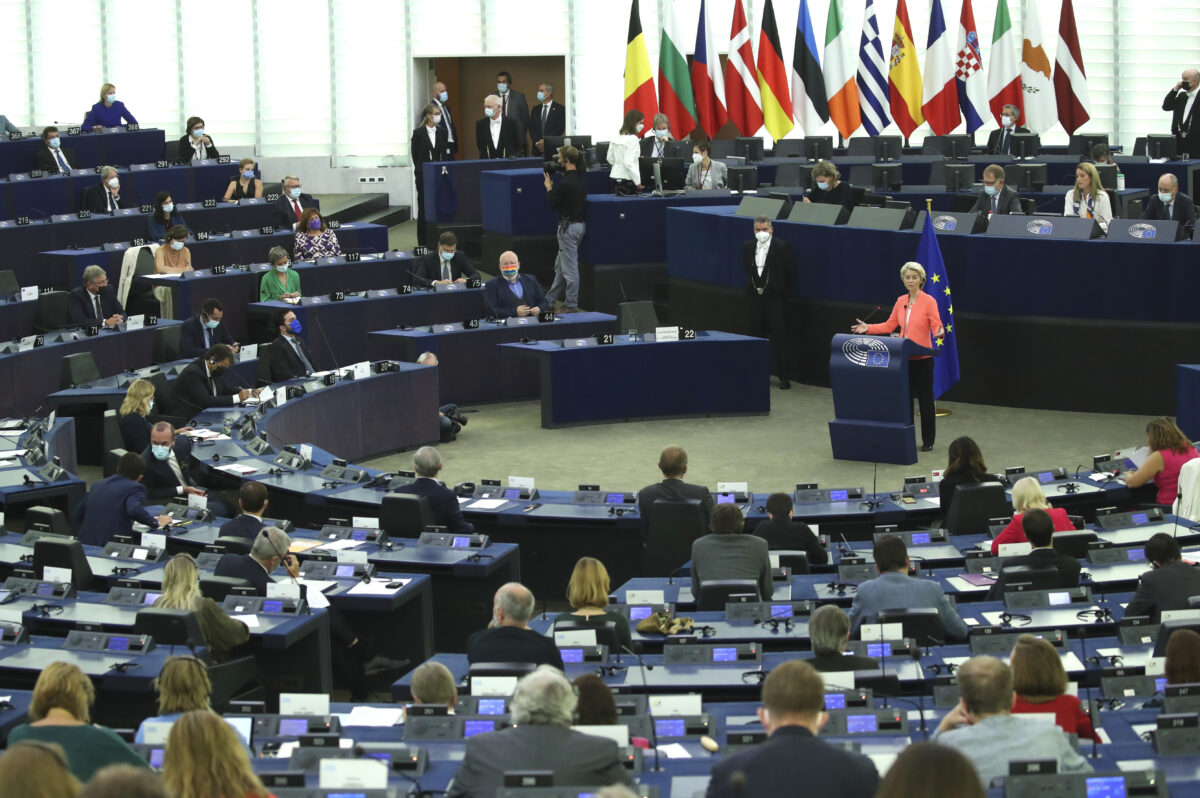The drop in output in the euro zone extended to a fifth month after the leading indicator released November data, though the pace of the decline has slowed since October, pointing to tough times for the continent’s economies.
It indicated the fifth consecutive monthly drop in output PMI [Purchasing Managers’ Index] This increases the chances euro zone slip up RecessionChris Williamson, chief trade economist at S&P Global Market Intelligence, said of the Eurozone Composite PMI data (PDF). “However, the slowdown is so far only modest, with the overall rate of decline lower than in November, meaning the region so far looks set to contract GDP by just 0.2%.
The final Eurozone composite output index was 47.8 in November, up from 47.3 in October. The latest data shows the longest contraction in the euro zone economy since the 2011-2013 recession caused by the region’s debt crisis. The final reading for Eurozone service business activity was 48.5, down slightly from 48.6 in October. Anything below 50 indicates a declining economy.
Manufacturing output fell in November, while the services sector recorded the largest decline since February 2021. The report cites falling demand and the prevailing energy crisis as reasons for the economic situation.
Manufacturers have seen the benefits of “improved supply chains,” Williamson said, and there have been “signs that inflation has peaked,” adding that “the recession could be short-lived and relatively mild” if not it was for a harsh winter.
However, in adverse weather conditions, energy prices could rise in the coming months, which would not only affect purchasing power, but could threaten production capacity in energy-intensive industries and, in this scenario, risks for economic growth would clearly shift downwards. “
Retail trade in Europe
according to the latest data (PDF(according to Eurostat data, retail sales decreased by 1.8% in the Eurozone and 1.7% in the European Union in October)The European Union), compared to September. The Eurozone refers to the member states of the European Union that have adopted the euro as their currency.
Retail sales decreased by 2.7% in the euro area and by 2.4% in the European Union compared to October 2021.
Among the Member States for which data are available, the largest decreases in total retail sales per month were recorded in Austria (-4.6%), Croatia (-4.0%) and Belgium (-3.3 %). Luxembourg (+2.6%), Cyprus, Malta and Portugal (+0.5% each) and Spain (+0.4%) are up.
inflation in Europe
The 12-month inflation rate is expected to be 10% in November 2022, up from 10.6% in October, according to a news agency. To release on November 22nd. This is the first reduction in the annual inflation rate in 17 consecutive months.
“In November, energy is expected to show the highest annual rate (34.9 percent versus 41.5 percent in October), followed by food, alcohol and tobacco (13.6 percent versus 13.1 percent in October). percent from October) and non-energy industrial goods (6.1 percent; stable vs. October) and services (4.2 percent, vs. 4.3 percent in October).
The highest inflation in November is expected to be in Latvia – 21.7%, followed by Luxembourg and Ireland – 21.4%, Slovakia – 15.1%, Italy – 12.5%, Germany – 11.3%, Countries Netherlands – 11.2% and Austria – 11.1%. percent. percent. Slovenia 10.8%, Belgium 10.5% and Portugal 10.3%.
Although inflation has risen, inflation has not yet reached its peak, according to Christine Lagarde, president of the European Central Bank. “I’d like to see inflation peak in October, but I’m afraid it won’t go that far.” Tell me European lawmakers on November 28, reports Euractiv.
Inflation in Europe was initially driven by supply constraints following the resurgence of the Covid-19 pandemic. But inflation is currently being fueled by rising energy costs related to Russia’s war in Ukraine and rising food prices due to poor harvests.


